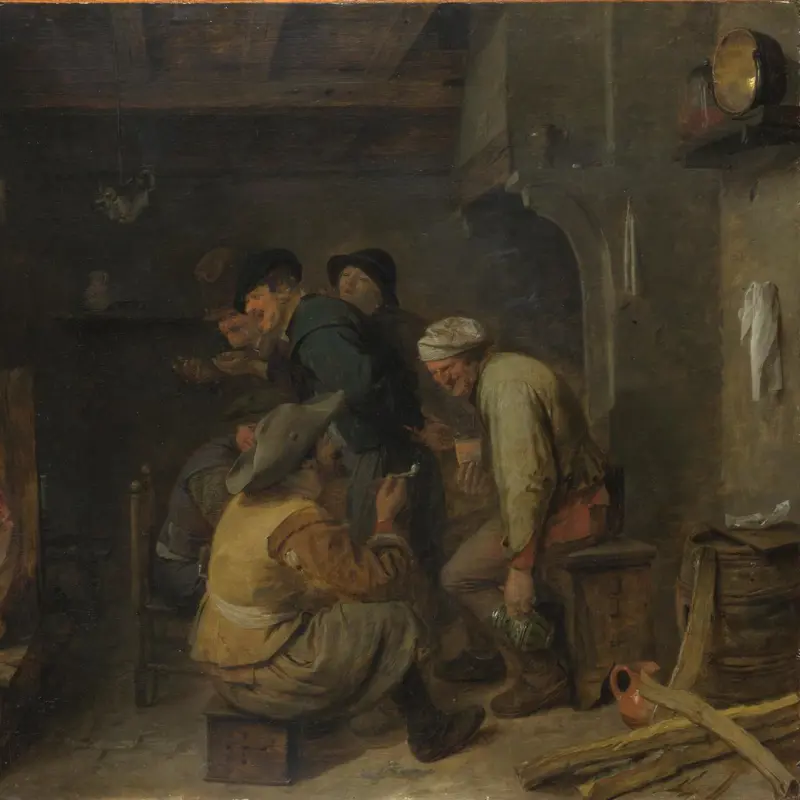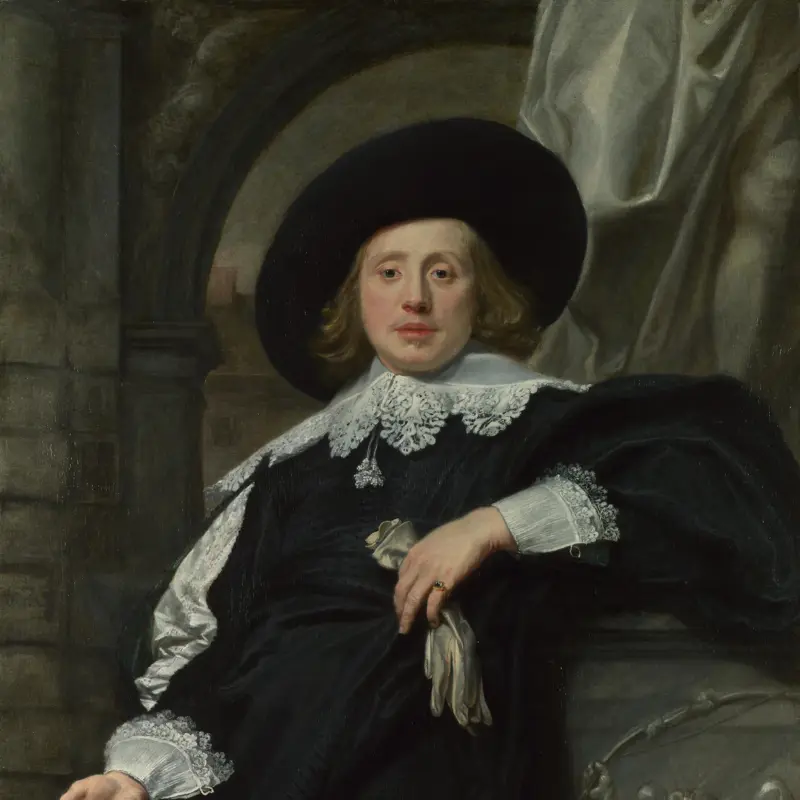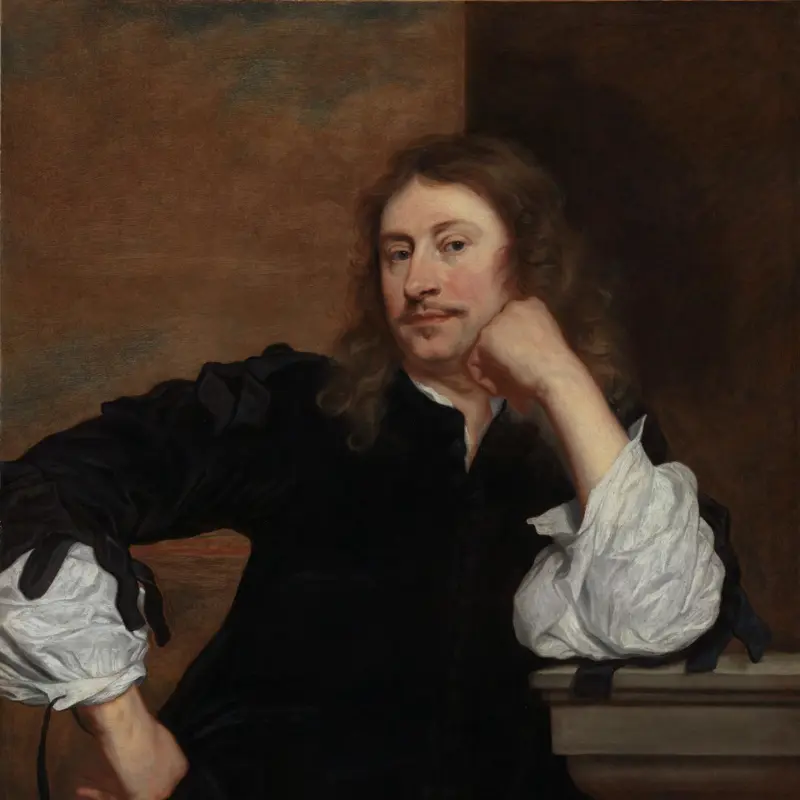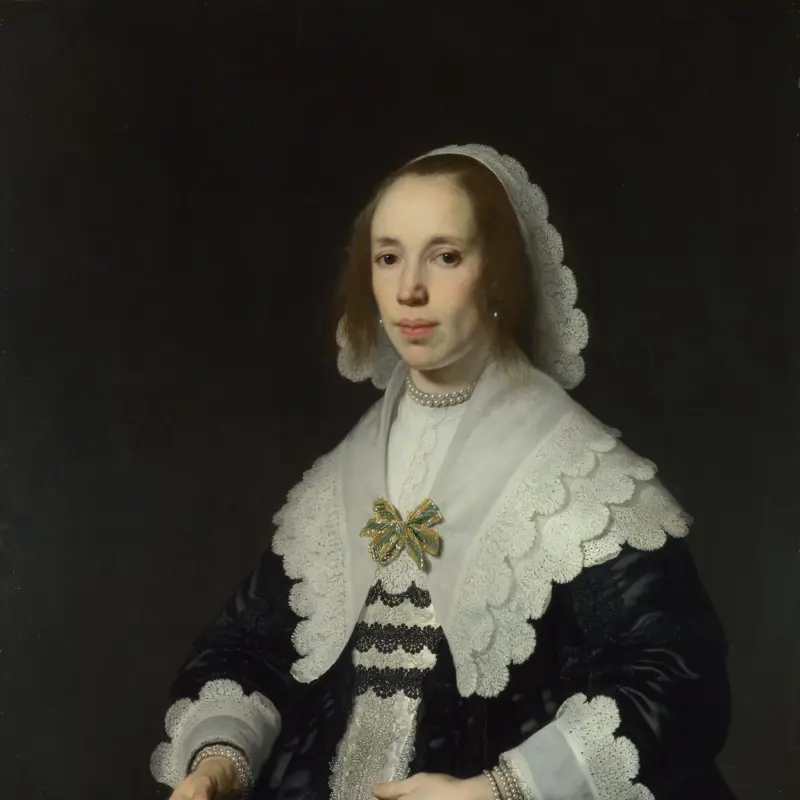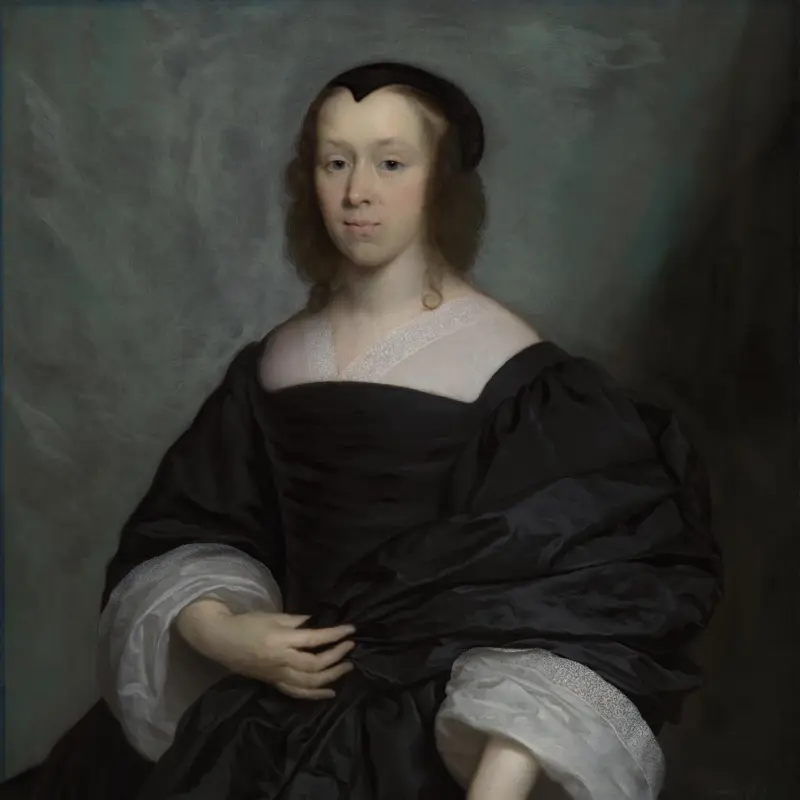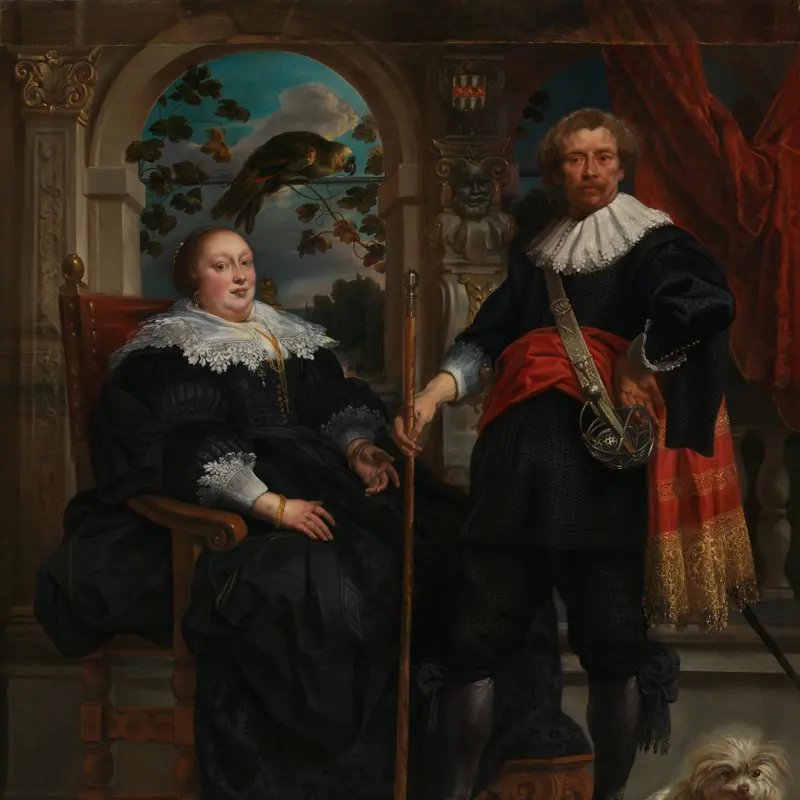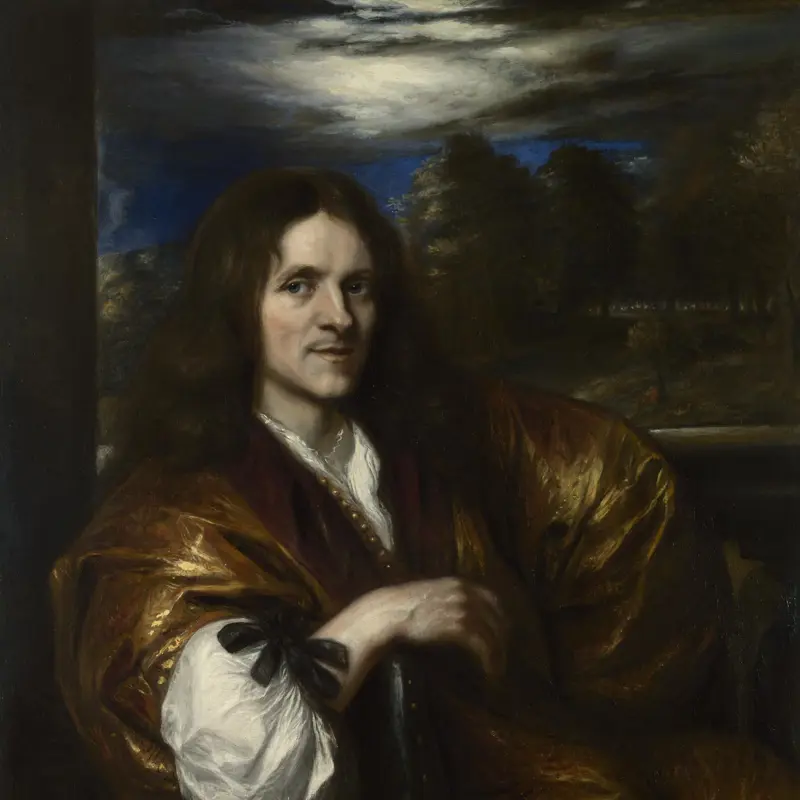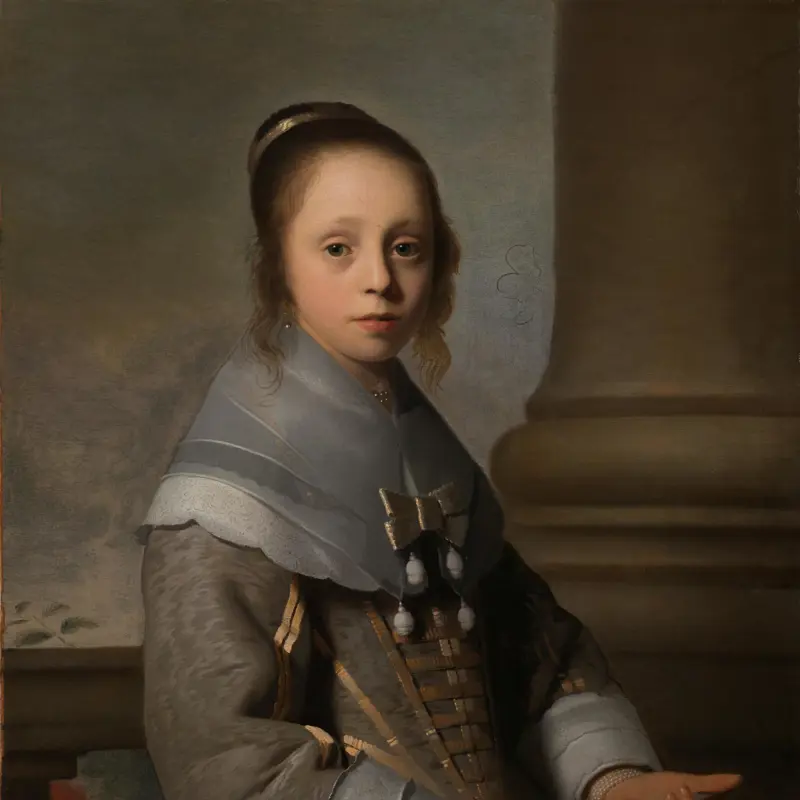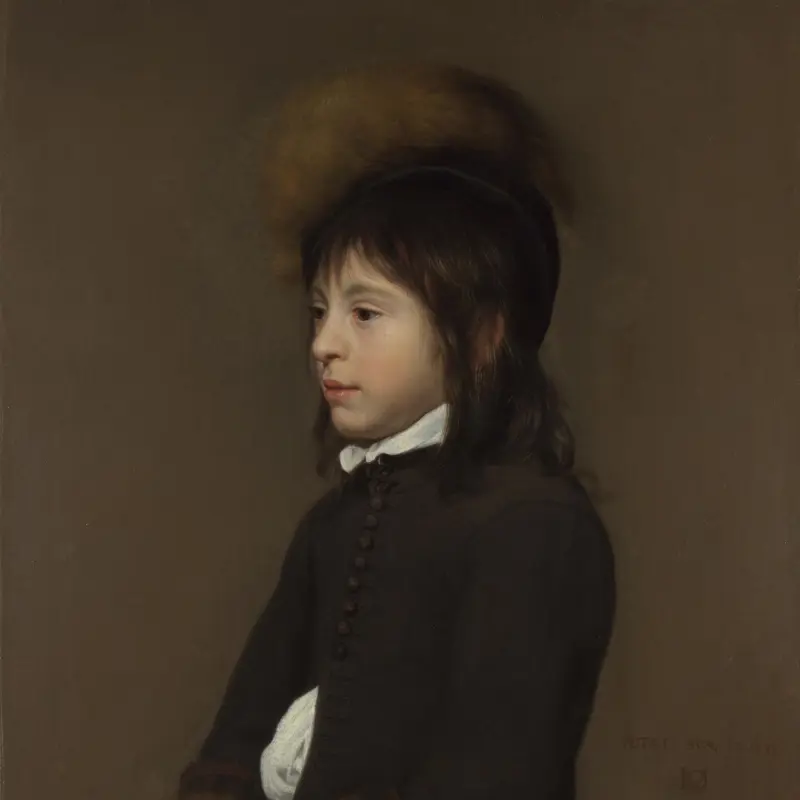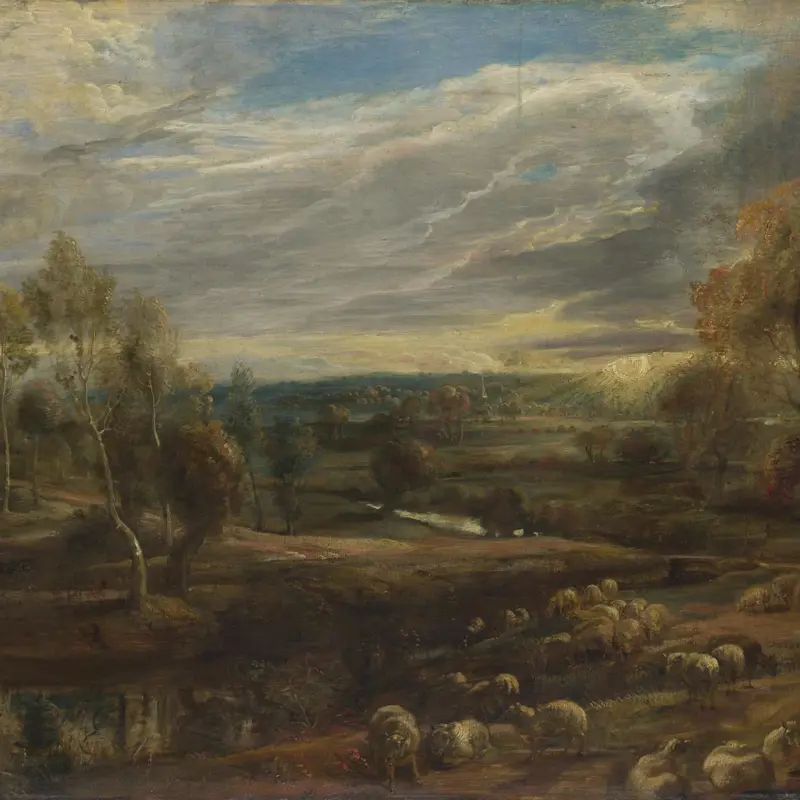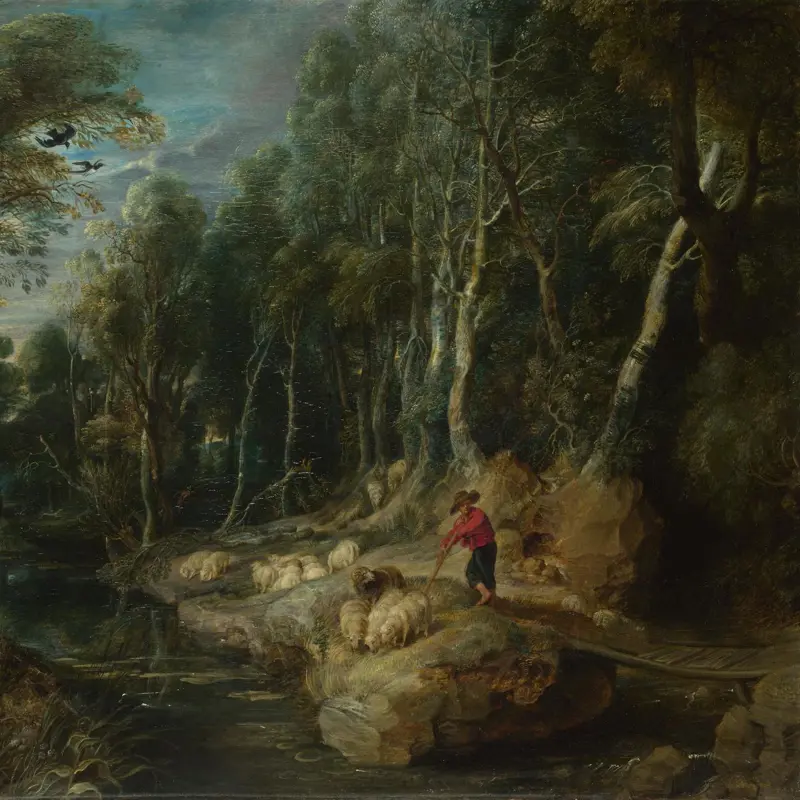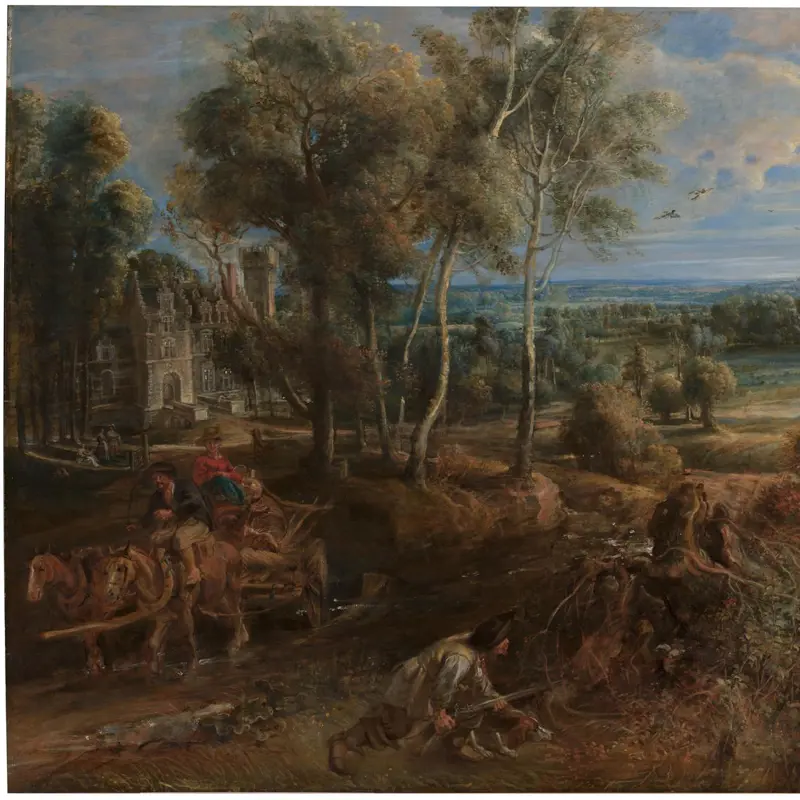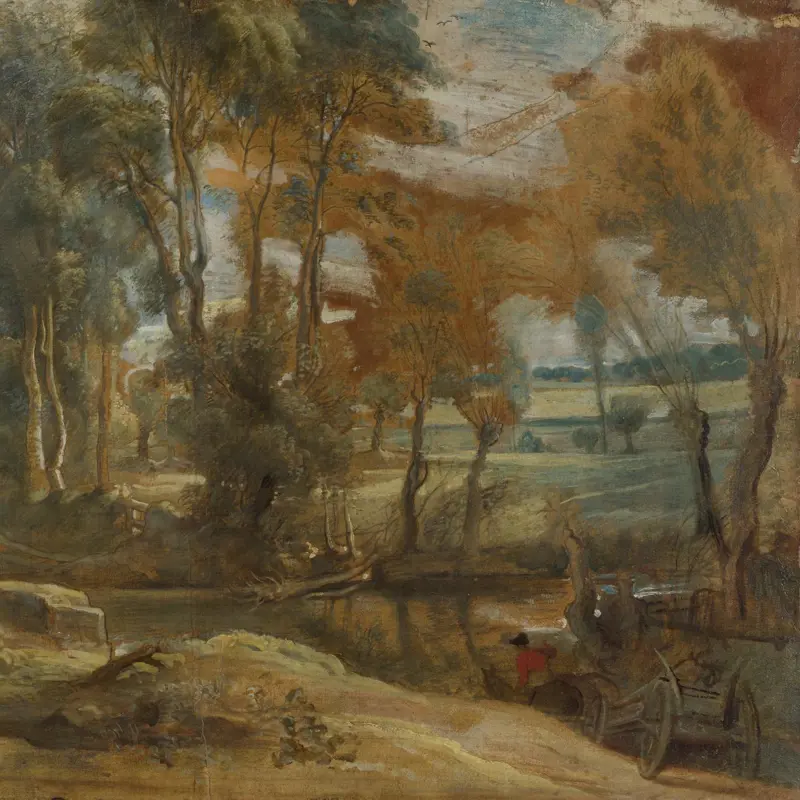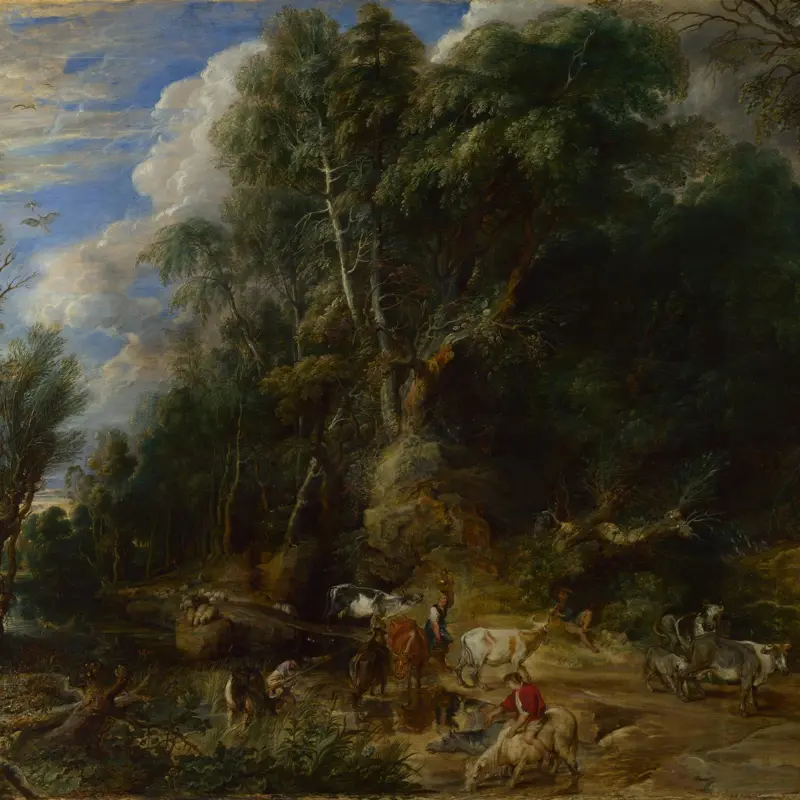War with the Protestant Northern Netherlands blocked trade to Antwerp. This meant that the Spanish-ruled Southern Netherlands, known as Flanders, faced a political and economic crisis during the first half of the 17th century. In spite of this, Flanders proved a fertile ground for artists and there was a high demand for works of art. This was fuelled by the court culture of the Spanish governors, and the art market serving local and international collectors.
Peter Paul Rubens’s studio in Antwerp became a training ground for other Flemish artists. Among those influenced by Rubens was Jacob Jordaens, who became the leading painter in Antwerp after the great master's death. Jordaens's works appear surprisingly unpretentious and his characters are presented as though on a theatre stage. David Teniers the Younger also worked with Rubens before later moving to Brussels, where he became court painter. Best known for his scenes of peasant life, Teniers made his small-scale religious paintings more immediate by adding elements from everyday life.
The exuberance and elegance of Flemish portrait painting proved highly influential; in the Dutch provinces to the north, a developing taste for refinement drove demand for portraits with a Flemish-inspired sophistication.


